Lateral Restraint with Geogrids: Box of Rocks Demo Breakdown
by Katie Phillips, on May 02, 2025
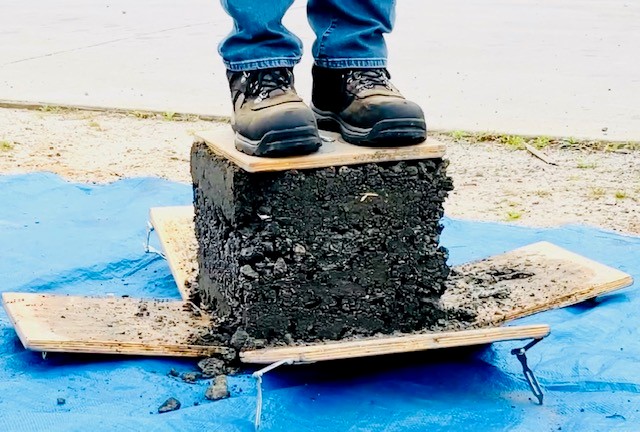 It’s not shocking to see someone stand on top of a box of rocks and then watch as he collapses when the sides of the box are released. So why does it stay intact when you place a few layers of Tensar geogrid inside? Let’s take a closer look.
It’s not shocking to see someone stand on top of a box of rocks and then watch as he collapses when the sides of the box are released. So why does it stay intact when you place a few layers of Tensar geogrid inside? Let’s take a closer look.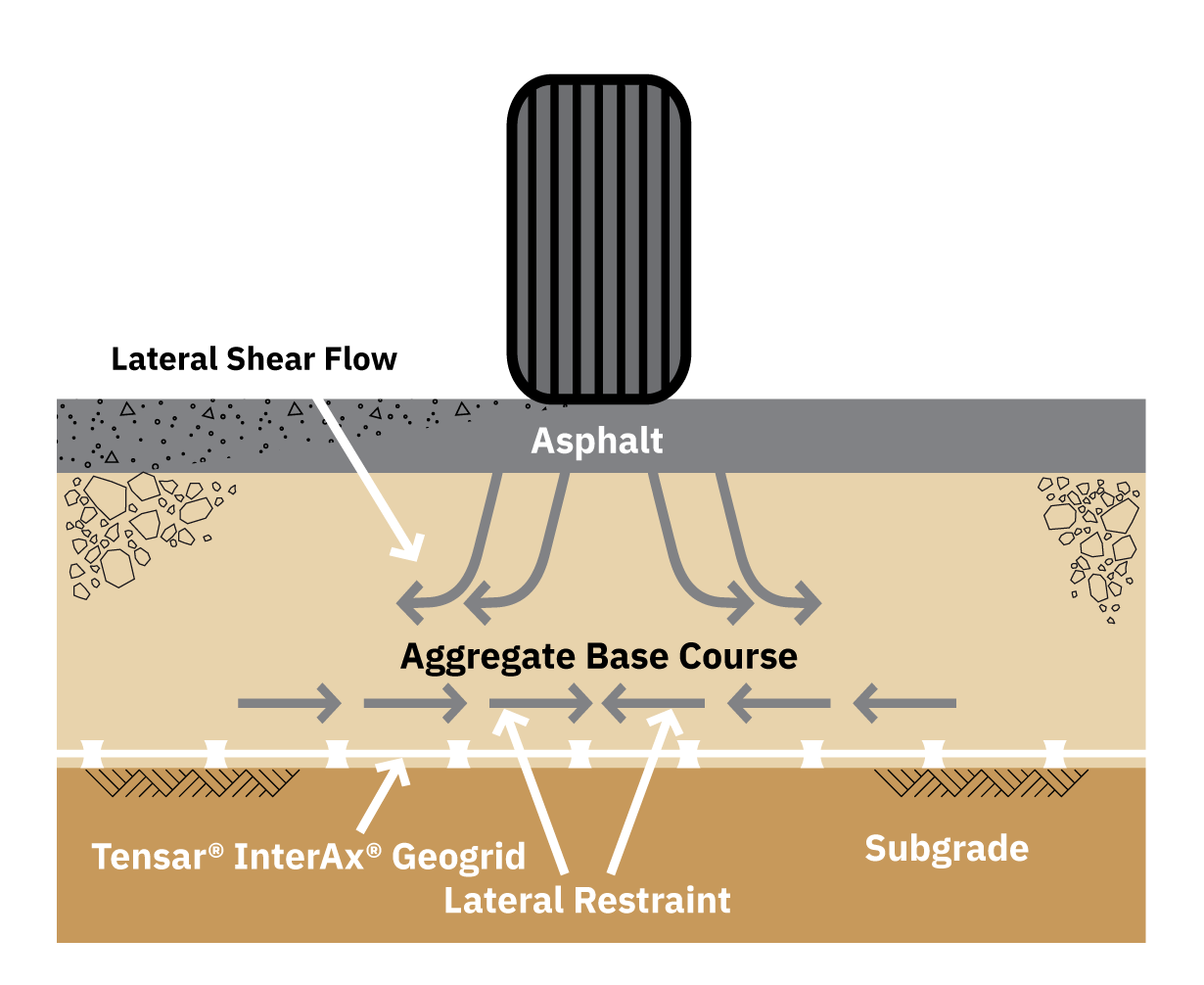.png)
The U.S. Army Corps of Engineers states that a geogrid’s unique structure provides a high degree of in-plane stiffness through a mechanism known as lateral restraint. Lateral restraint, the ability to confine aggregate particles within the plane of the geogrid, is considered the primary stabilization mechanism. This stiffening effect occurs both above and below the geogrid when it is installed within a granular fill layer. This is key to improving the performance of the layers.
In the unstabilized box of rocks (left), there’s nothing to keep the aggregate particles together, so they move under the load. But in the box stabilized with geogrid (right), the particles are confined laterally and hold up under the load.
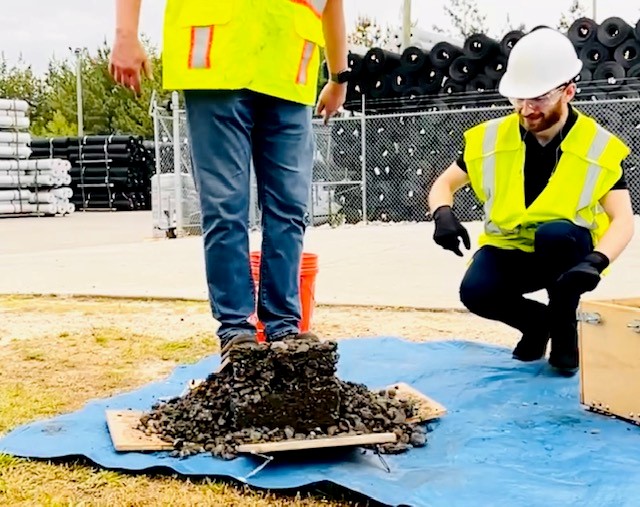
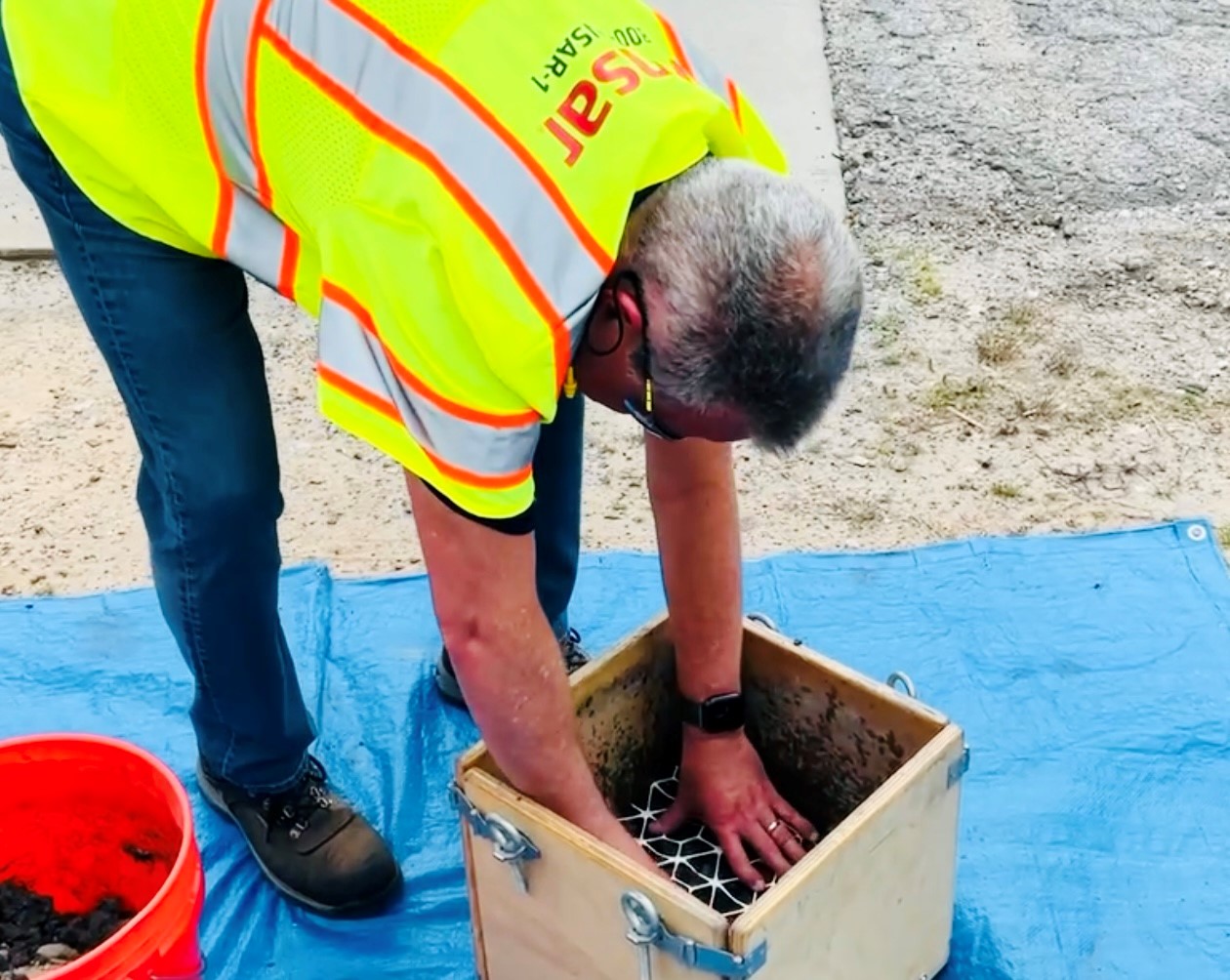.jpg)
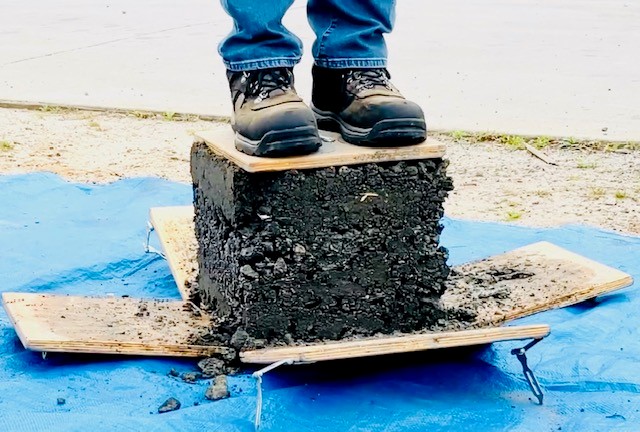.jpg)
What does all of this mean for your project? By using Tensar geogrid to provide lateral restraint and high performance aggregate interlock, contractors can reduce the amount of aggregate needed, speed up construction, and cut costs.
Additional Resources:
- Want to get a first-hand look at Tensar geogrid? Request your free sample.
- Did you miss the Box of Rocks demo on Beneath the Build? Watch it here.
About Beneath the Build:
Beneath the Build is a new video series that helps contractors and other construction pros maximize profitability and performance on their job sites. What happens beneath the surface determines the success of every project. Discover insights using geogrid and other technologies to win more bids, improve efficiency, and more.




